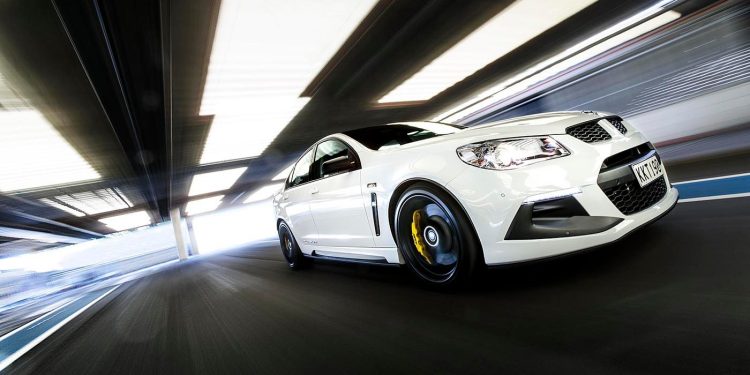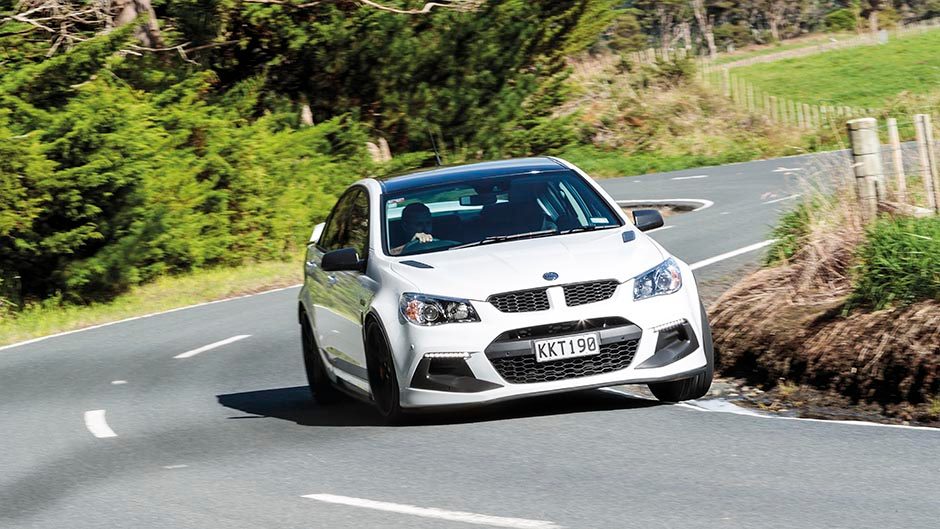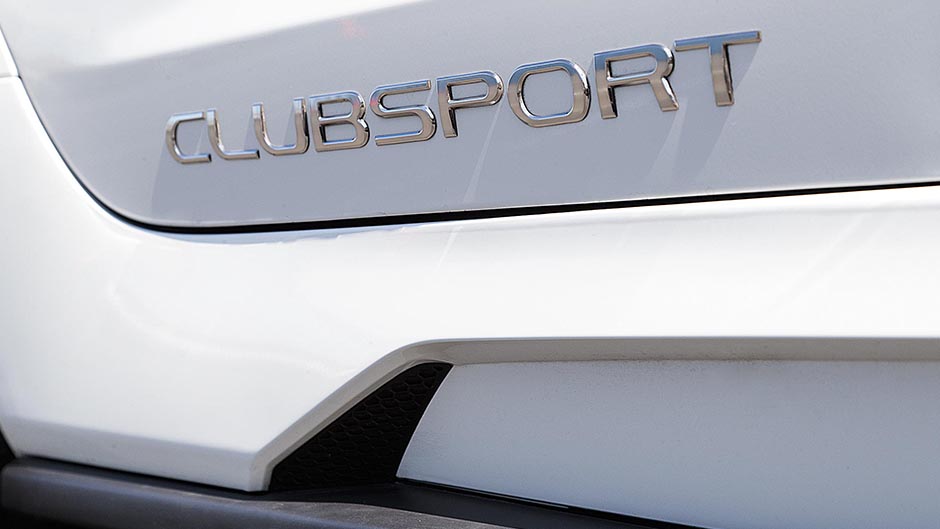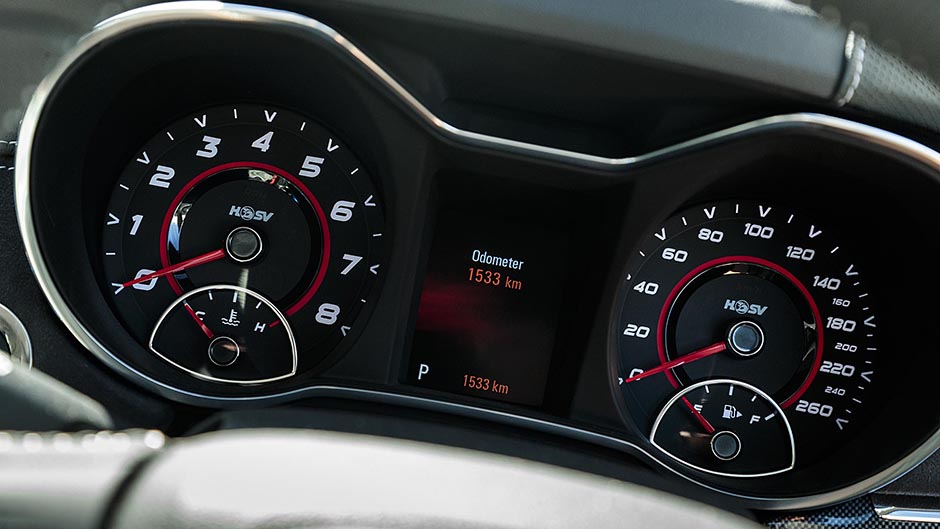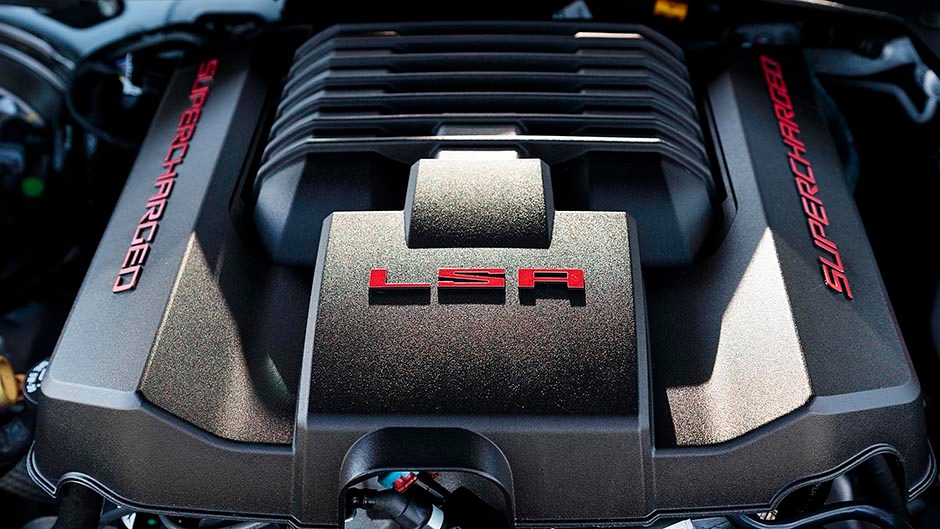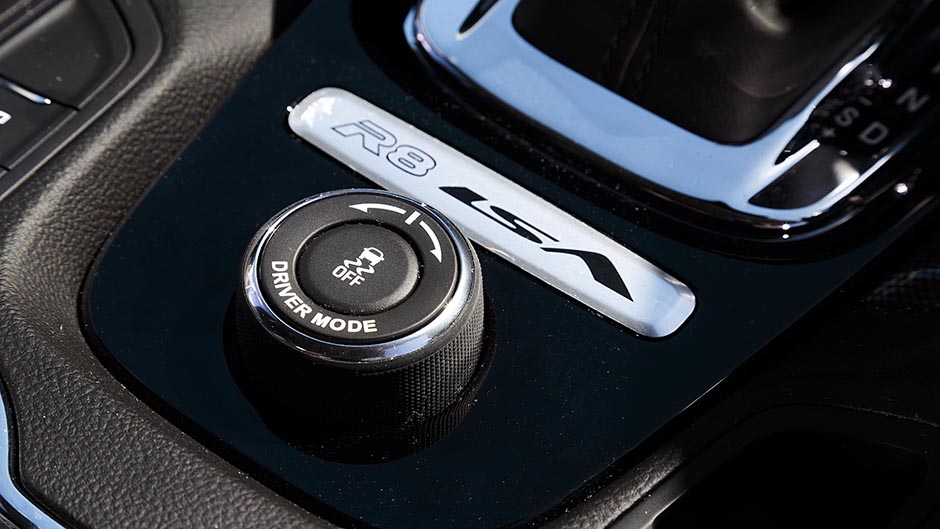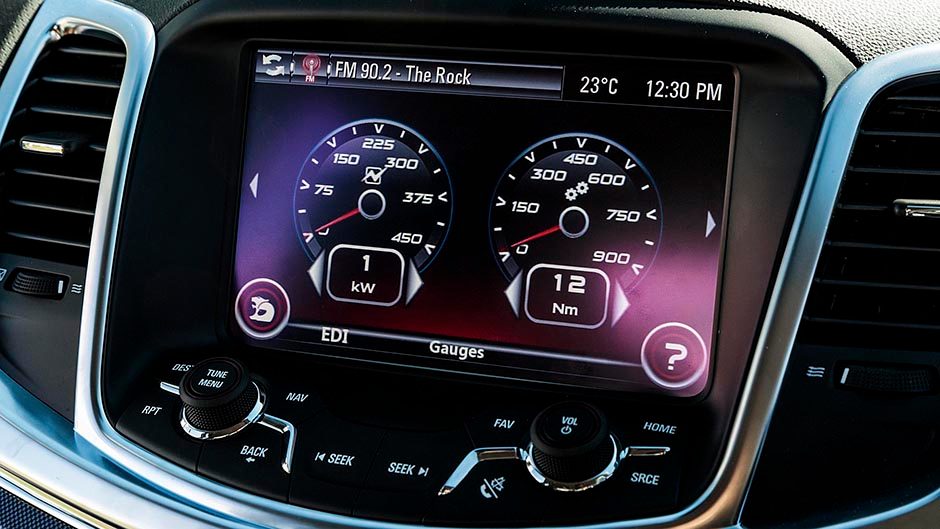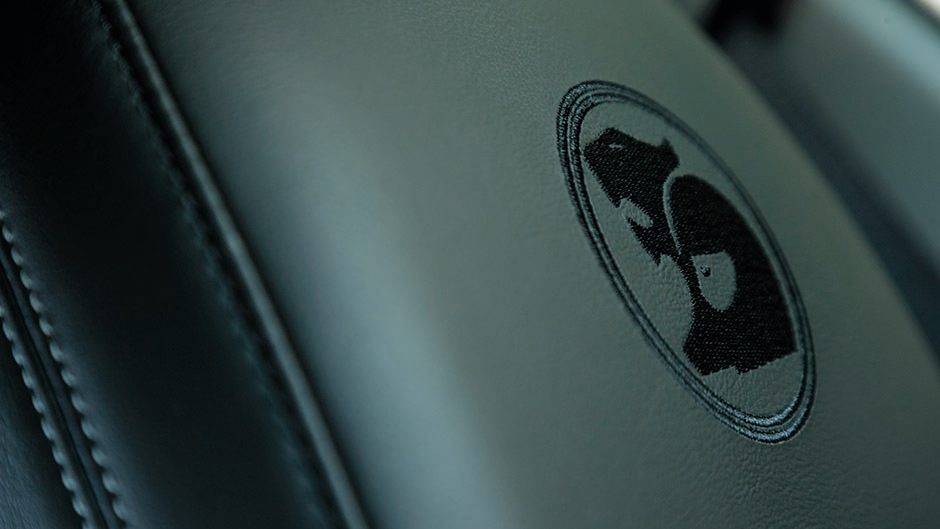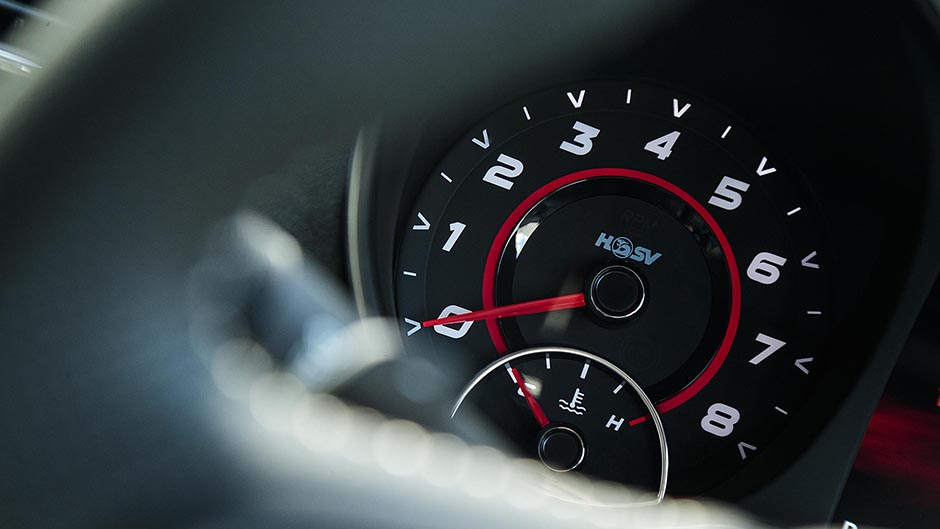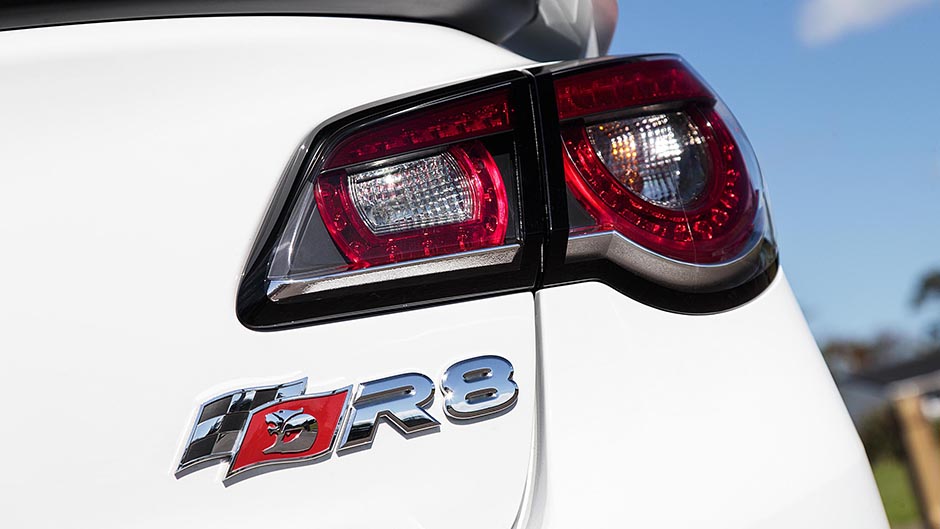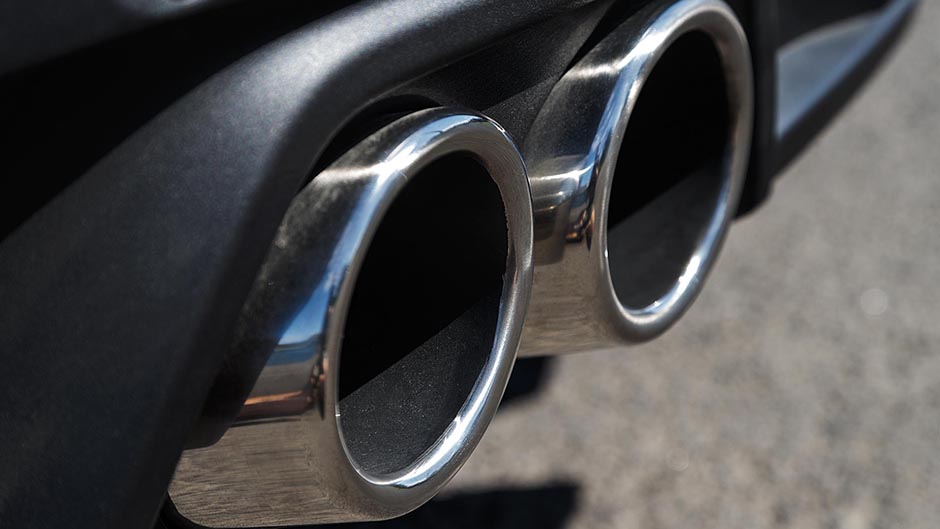2017 HSV 30th Anniversary Clubsport R8 LSA review
Words: Kyle Cassidy | Photos: Tom Gasnier
HSV turns 30 this year and faces an uncertain future. But the big brutish V8-powered cars aren’t done just yet as we enjoy the talents
Of the Anniversary R8 model.
It’s a big year for HSV, its 30th in operation and it is busy ramping up for the ‘end of the world as we know it’. These Commodore-based cars are the last of the breed as Holden winds up local production, and HSV is sending them out with a big bang.
The first of the last cars down the line are the 30 Years Anniversary models, this being the ClubSport R8 LSA. HSV has never really gone large on anniversary cars, the milestones marked more with stickers and paint than a model of any real distinction. And with the firm concentrating on the GTSR range and the limited edition W1, the 30 Years cars essentially get more content and a tickle up via the computer to produce more power. The 6.2-litre supercharged LSA is now out to 410kW with 691Nm of torque thanks to engine recalibration work in all models bar the GTS which still holds the horsepower high ground, unchanged on 430kW and 740Nm. HSV’s torque vectoring by brake, which was previously the domain of the GTS only, has been added to all models, and the bi-modal active exhaust has been retuned to deliver more of that signature V8 rumble. Marking this out as an anniversary model are the HSV 30 fender badge, sill plates, floor mats, a window sticker and a unique engine build plate. This ClubSport R8 LSA starts at $102,990, while the auto model is $105,490.
There are not many of these 30 Years cars up for grabs. With Holden winding up production of the Commodore this year, allocation of the HSV donor cars is pretty tight. HSV NZ has prioritised the GTSR in its model mix and so there are only a few of these 30 Years cars left, mostly R8 ClubSports and the odd GTS. Those Senators, Maloos and Tourers earmarked for NZ are already spoken for.
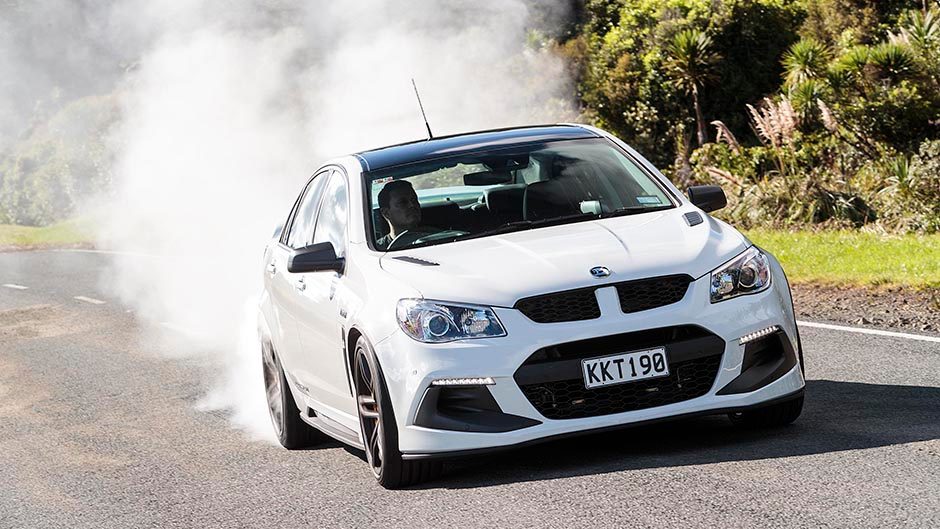
HSV didn’t have any trouble moving the twenty $190k W1s it had to sell here, and they reckon they could have easily sold another ten cars, and charged everyone a good deal more but the company is keen to stress it didn’t want to gouge its most loyal customers. They want to keep selling to them in the future.
Just what HSV will be offering post 2017 is still a best guess scenario at present. HSV is remaining tight lipped but you can expect some sort of announcement in November. Tipped is a move into one-tonne utes (an LS3-powered Colorado anyone?), or even the next-generation Camaro but that’s still years off. Plus you would imagine they’d want to rev up the new Commodore with a twin-turbo version maybe?
But back to the R8 LSA which we’ve been enjoying one last time. We’d probably want for a manual gearbox, just because you still can. The auto does a good job of managing things in traffic, but we often found ourselves fiddling with the manual shift gate. Left in D, the six-speeder tends to hold gears and use all that stupendous torque to surge you along. It will default to second gear when starting off which lends it some smoothness and while it’s not dithering off the mark, with a 410kW monster, you expect it to pull your arms out of their sockets with its savage acceleration. But then on the few occasions you do chop it right down and let rip, the resulting hellfire and rage makes you realise why the auto is programmed thus.
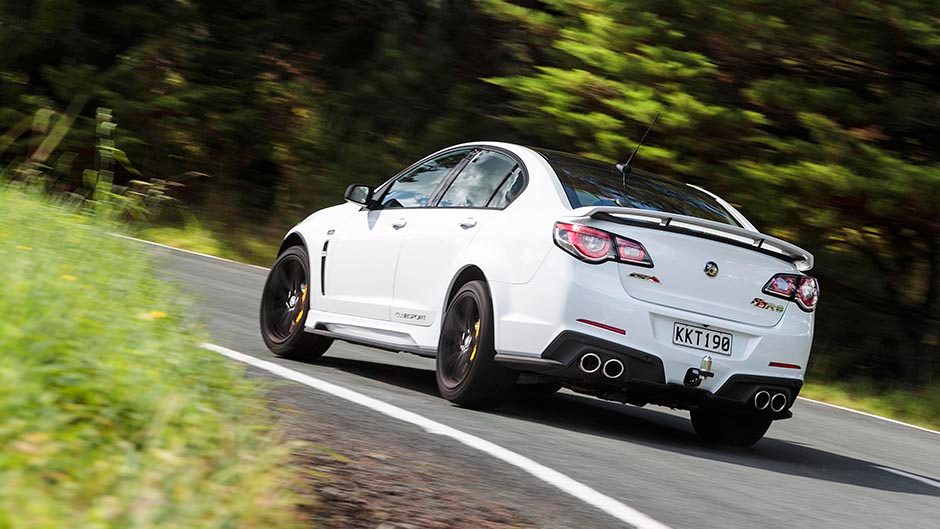
Still, we found ourselves in the manual mode more often than not, enjoying a few more revs in the lower gears to feel the surge and enjoy more of the rumble. This doesn’t do much for fuel use of course – it never dipped below 20L/100km. The electrically actuated or bi-modal exhaust valve, in HSV speak, has been recalibrated to open more often. Previously you needed to rev the LSA’s nut off to hear it properly, and so it was all but mute in city running but that’s no longer the case. Select Performance mode and the exhaust liberates more of that lively note. And they’ve eliminated the weird wooshing noise when it pops open. It’s still not as loud as the LS3-powered Commodore however. This test car had a host of options with the Enhanced Driver Interface ($1195) and a black roof ($800) and though they passed on the red leather, the items that are more worthy of your tick are forged rims and the big brakes.
The wheels, the SV Rimfires, sport a twin-spar five-spoke design and are a half-inch wider at each end (20×9-inch front and 20×10-inch rear) and cost a further $2995. When optioned on the R8 there’s an additional strip of plastic added to the front guards for legal purposes while the standard Conti rubber is stretched to fit.
What’s the point of it all then? There’s a kilo or so saving at each corner thanks to the forged construction and with the stretching of the rubber, the sidewall is reduced to make the tyre more responsive on the turn. Despite it being a hulking great car, with a lot of mass on the front end, the R8 gets itself turned into the bends smartly. The front end is brimming with feel, giving you more confidence to push it along. As you edge nearer toward the limit of adhesion, you can quickly button things back to keep it tidy. Despite the thundering power delivery, it’s the dynamic talent of these big HSVs that impresses more; they should be much less wieldy.
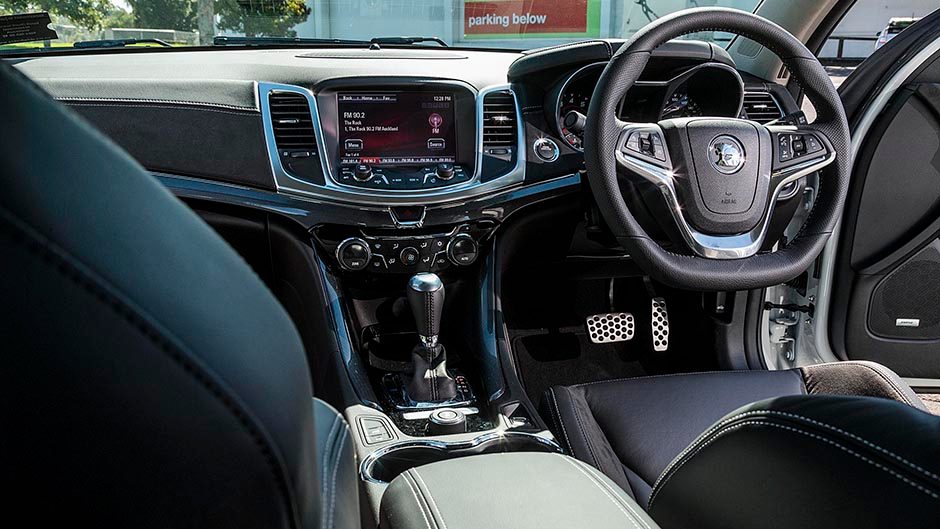
Despite a fixed rate suspension set-up, the R8 is well tuned for road use. The urban ride is sporty for sure but once up to speed, it works affably, most bumps brushed off while that mass is well administered in bends. The addition of torque vectoring by brake (the system applying brake pressure to the inside rear wheel and so drive torque is sent to the outside rear to help push the car into the bend) helps the R8 stay the course in longer sweepers. Keep the gas on and the front end is pinned to your cornering arc while it makes the exit that much quicker too.
But it’s the additional braking prowess that’s really worth paying for, even at the $3995 ask. That gains you the same 390mm front rotors as the GTS and the bigger AP six-piston calipers which give the R8 the proper antidote for the LSA power. There’s not only a big increase in stopping power, but a better pedal performance and much-needed longevity. The six-speed auto does feel old in comparison to all the eight-speed boxes in use now, which reinforces our desire for the manual, which few manufacturers seem to offer any longer.
The 30 Years R8 reminds us that we’ll miss these cars when they are gone, but if it were our choice, we’d free up more funds for the upcoming GTSR, which we feel is a more fitting end to the era.
| Model | HSV 30th Anniversary ClubSport R8 LSA | Price | $102,490 |
| Engine | 6162cc, V8, SC/DI, 400kW/671Nm | Drivetrain | 6-speed auto, rear-wheel drive |
| Fuel Use | 15.0L/100km | C02 Output | 348g/km |
| 0-100km/h | 4.29sec | Weight | 1899kg |


